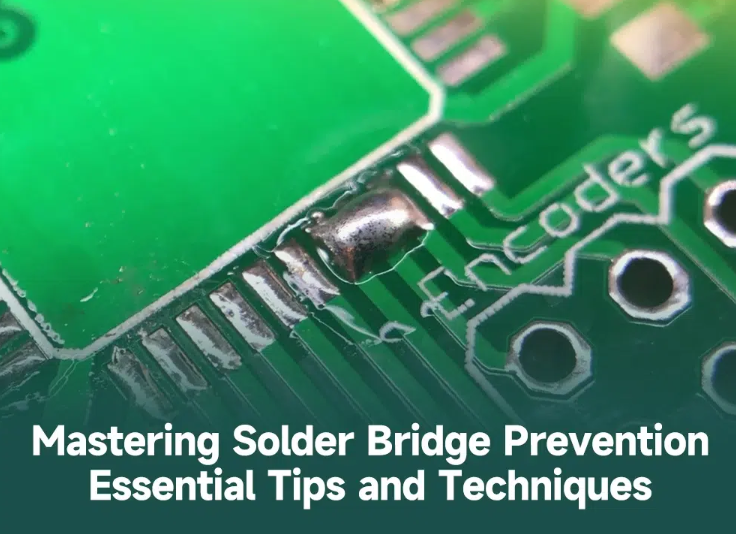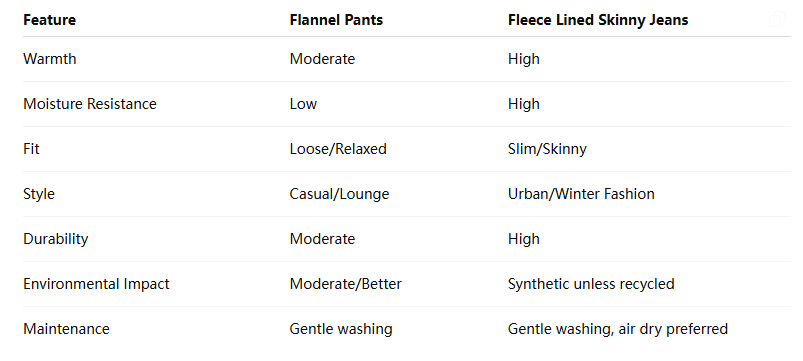To expand your news reach, consider advertising with our media partner, Patch Media, at https://heypapipromotionsmedia.town.news/. Patch is a nationwide news network comprising over 1,000 hyperlocal websites dedicated to community news across the United States. For press release distribution services, please call or visit https://heypapipromotions.com/advertise.

What Are Solder Resistance Bridges?
Why Do Solder Resistance Bridges Form?
- Excess Solder Application: Applying too much solder paste or using an incorrect stencil thickness during printing can lead to overflowing solder that connects nearby pads.
- Inadequate Pad Spacing: Pads or traces placed too close together increase the risk of bridging, especially in fine-pitch components.
- Uneven Heating During Reflow: Inconsistent temperature distribution may cause uneven solder flow, promoting bridge formation.
- Contaminated Surfaces: Dirt, oxidation, or residual flux can alter surface tension, leading to unwanted solder accumulation.
- Improper Wetting: When solder fails to wet properly, it tends to migrate unevenly, forming solder resistance bridges between adjacent areas.
How Does PCB Design Influence Solder Resistance Bridges?
- Maintain adequate spacing between pads based on IPC standards.
- Incorporate solder mask dams (narrow strips of solder mask between pads) to prevent solder migration.
- Use optimized pad geometry to control solder volume and flow direction.
- Ensure uniform trace widths to maintain consistent heat distribution.
What Role Does Solder Paste Quality Play in Bridging?
- Viscosity: Low-viscosity pastes tend to spread excessively, increasing the risk of bridging.
- Particle Size: Fine solder particles promote even melting but can also flow into unintended areas if not properly controlled.
- Flux Content: The type and amount of flux affect solder wetting and flow behavior. Too much flux may cause spattering or bridging.
- Storage Conditions: Improper storage can degrade solder paste consistency, making it more prone to defects.
How Can the Reflow Process Be Optimized to Prevent Bridges?
- Preheat Zone: Gradually warms the board to activate flux and remove moisture, preventing solder splatter.
- Soak Zone: Ensures temperature uniformity across all components, minimizing uneven solder flow.
- Reflow Zone: Must reach the ideal peak temperature for full wetting without overheating the solder paste.
- Cooling Zone: Controls the solidification rate to avoid movement and bridging.
How Does Vacuum Soldering Reduce Solder Resistance Bridges?
- Elimination of Air Pockets: Reduces voids that can alter solder flow patterns.
- Enhanced Wetting Behavior: Improves solder adhesion and uniformity across surfaces.
- Stable Thermal Profile: Ensures consistent melting and cooling for fine-pitch components.
- Higher Reliability: Results in stronger, more consistent joints with lower failure rates.
What Process Control Methods Help Prevent Solder Resistance Bridges?
- Automatic Optical Inspection (AOI): Detects bridging and alignment issues early in the production line.
- Solder Paste Inspection (SPI): Ensures correct solder volume and placement before reflow.
- Temperature Profiling: Monitors thermal uniformity to optimize the reflow process.
- Statistical Process Control (SPC): Tracks process data to identify deviations leading to bridging.
What Are the Best Practices to Minimize Solder Resistance Bridges?
- Design for Manufacturability (DFM): Review PCB layouts for spacing and mask optimization.
- Maintain Clean Surfaces: Ensure pads are free from oxidation and contamination.
- Use Accurate Stencils: Select proper stencil thickness and aperture shape to control solder volume.
- Control Process Parameters: Calibrate printing pressure, alignment, and reflow profiles regularly.
- Perform Continuous Inspection: Apply AOI and X-ray systems to monitor and verify solder joint quality.
What Are Future Trends in Preventing Solder Resistance Bridges?
- AI-Based Defect Prediction: Using machine learning to anticipate and correct bridging tendencies in real time.
- Nanotechnology Solder Materials: Formulations that provide better flow control and lower surface tension.
- Automation and Robotics: Ensuring precision in solder paste printing and component placement.
- Improved Vacuum Systems: Offering cleaner, more stable environments for defect-free soldering.






